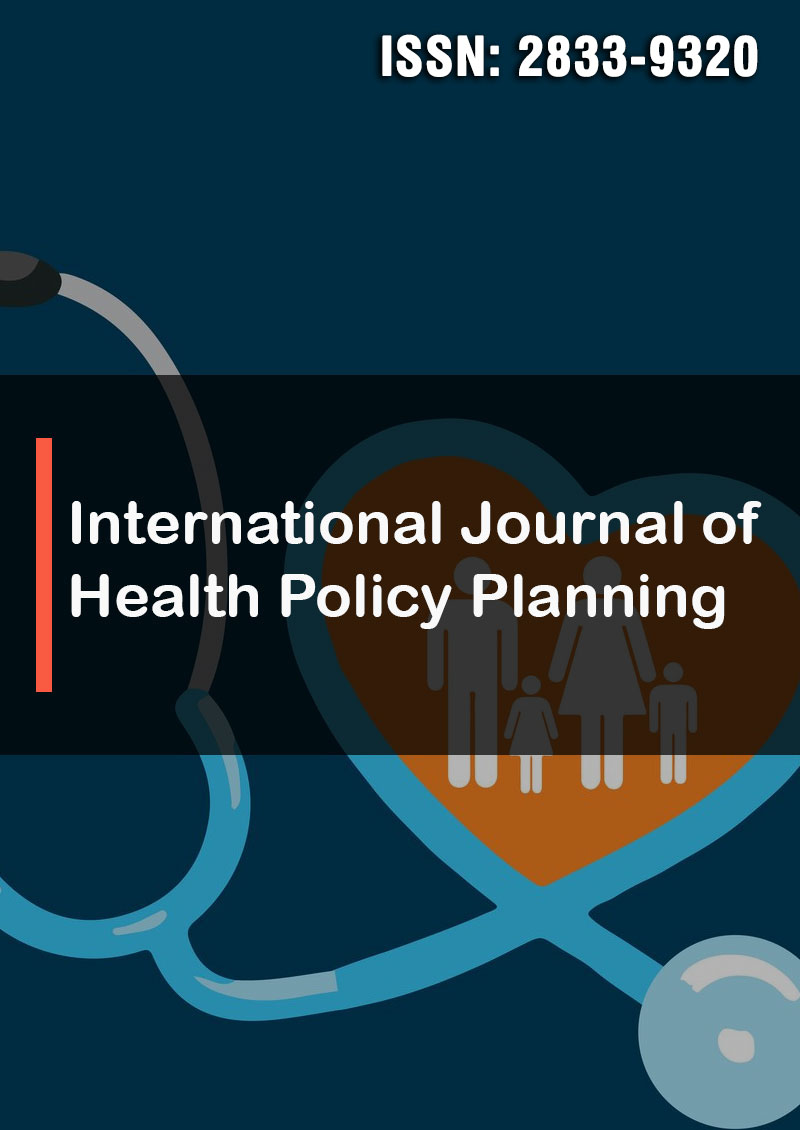Stethoscope Hygiene, Workflow, and Patient Safety: The Crux of Healthcare Associated Infections
Abstract
W Frank Peacock, Francesca Torriani, Lee Ann Elliott, James Killeen, Stuart B Kipper, Mark Marinella, Denise Nunez, Sean-Xavier Neath, Sanjeet Dadwal
Background: Alcohol based hand cleaners are installed throughout almost every health care facility in support of hand hygiene. However, despite numerous attempts, no study has ever demonstrated this strategy is effective for the stethoscope, which carries the same pathogens. Recently, a touch free disposable barrier stethoscope diaphragm system became available (The Disk Cover; Aseptiscope, Inc, San Diego, CA). Our objective was to perform a pilot feasibility trial to evaluate the impressions and perceived workflow consequences of its installation in the clinical environment.
Patients and Methods: Beginning in 2020, we performed a volunteer survey given to aseptic stethoscope diaphragm barrier users in multiple US healthcare facilities. A 10-question survey was presented on an iPad near the aseptic barrier dispenser, which was usually located in the patient’s exam room, to be available immediately after the practitioner completed their examination, which included the use of the stethoscope barrier. This evaluation was considered as a quality improvement project and was exempt from IRB approval. For this analysis, only one survey per practitioner was included. Data presented as means (standard deviation).
Results: Overall 147 surveys obtained from seven institutions geographically distributed across the US, shortly after placement of the Disk Cover system in the patient care environment. Responses were generally positive, and included ease of use (93.5% rated easy or very easy), comparison to a disposable stethoscope (100% as similar to, improved over, or significant improvement), work-flow changes (63.9% improvement, 97.6% no impact or improved) and perceived effect on patient safety (93.5% felt patient safety was improved or significantly improved).
Conclusions: The use of a touch-free aseptic stethoscope barrier system was reported as easy to use, superior to a disposable stethoscope, and was an improvement to practitioner workflow and perceived patient safety.




